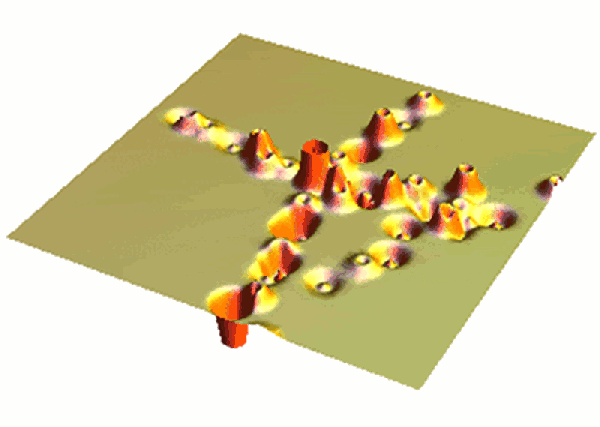If you’ve used Spotify, you might have noticed a handy little code that it can generate that looks like a series of bars of different heights. If you’re like [Peter Boone], such an encoding will pique your curiosity, and you might set out to figure out how they work.
Spotify offers a little picture that, when scanned, opens almost anything searchable with Spotify. Several lines are centered on the Spotify logo with eight different heights, storing information in octal. Many visual encoding schemes encode some URI (Uniform Resource Identifier) that provides a unique identifier for that specific song, album, or artist when decoded. Since many URIs on Spotify are pretty long (one example being spotify :show:3NRV0mhZa8xeRT0EyLPaIp which clocks in at 218 bits), some mechanism is needed to compress the URIs down to something more manageable. Enter the media reference, a short sequence encoding a specific URI, generally under 40 bits. The reference is just a lookup in a database that Spotify maintains, so it requires a network connection to resolve. The actual encoding scheme from media reference to the values in the bars is quite complex involving CRC, convolution, and puncturing. The CRC allows the program to check for correct decoding, and the convolution enables the program to have a small number of read errors while still having an accurate result. Puncturing is just removing bits to reduce the numbers encoded, relying on convolution to fill in the holes.
[Peter] explains it all in his write-up helpfully and understandably. The creator of the Spotify codes stopped by in the comments to offer some valuable pointers, including pointing out there is a second mode where the lines aren’t centered, allowing it to store double the bits. [Peter] has a python package on Github with all the needed code for you to start decoding. Maybe you can incorporate a Spotify code scanner into your custom Spotify playing mini computer.














